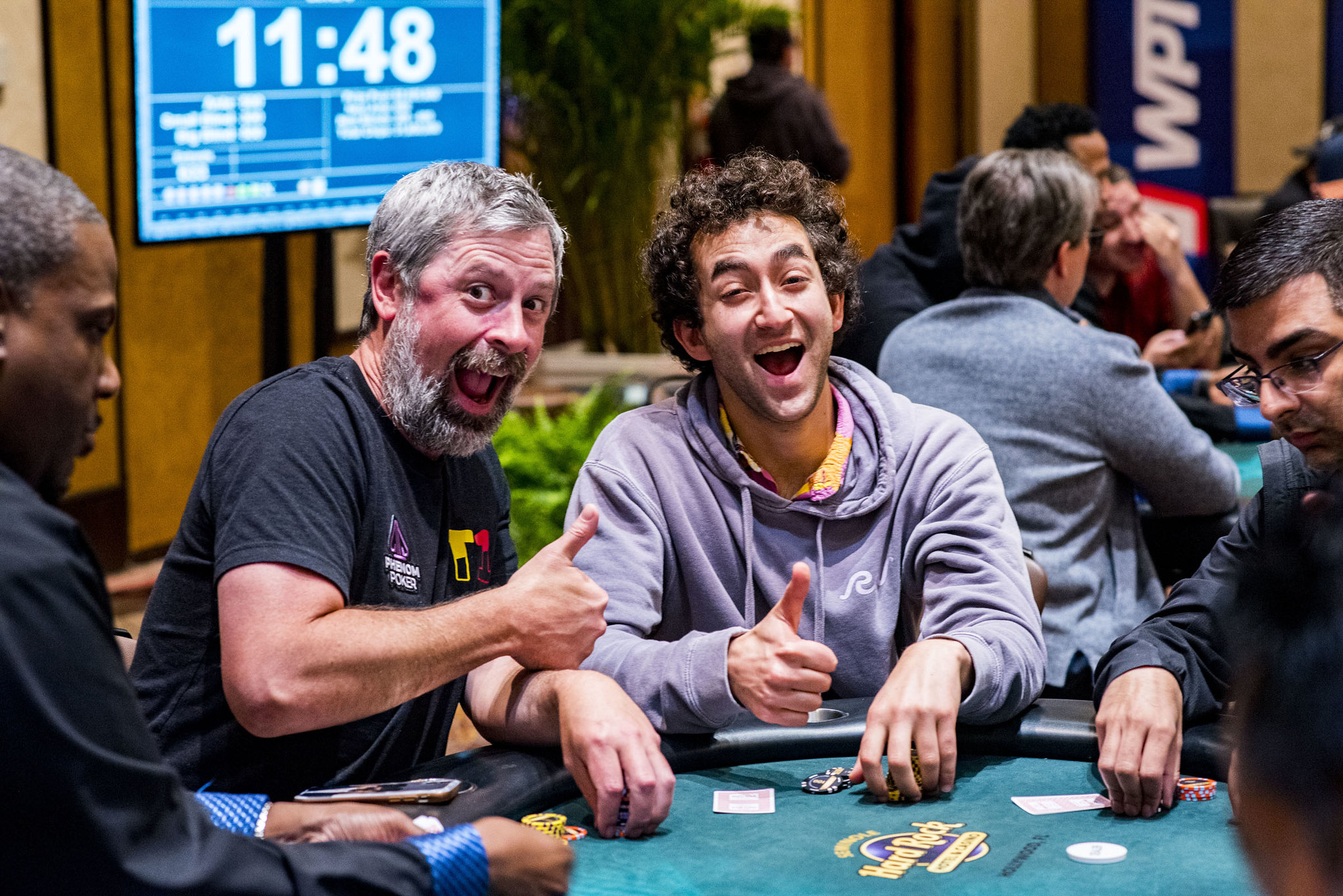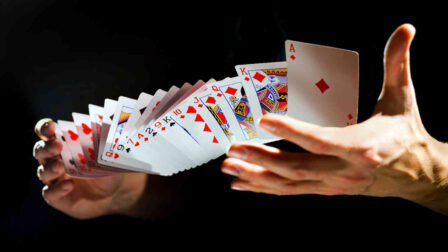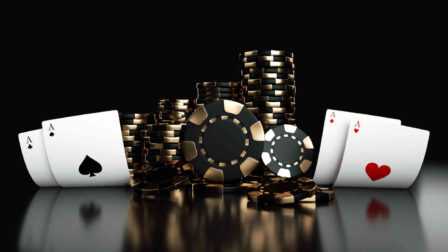Does a Full House Beat a Straight In Poker & Why?
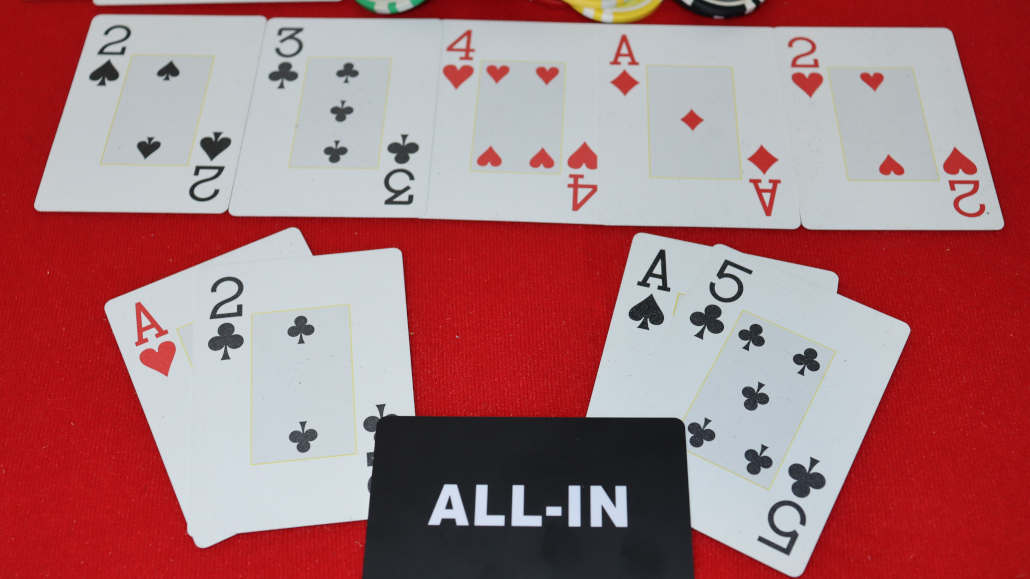
7 minutes
Last Updated: December 7, 2022
Poker is one of those games that can be pretty simple to understand once you learn how to think about it.
For example, if you are wondering does a full house beat a straight in poker, we can give you a short answer:
Yes, a full house beats a straight in poker every time!
However, explaining why a full house outranks a straight will help you much more as you will learn the logic behind the rule which you can implement to learn other hand rankings.
The Full House in Poker
Let’s first take a look at a full house and explain this poker combination from the ground up.
A 5-card combination that contains both trips and a pair, or in other words that contains three cards of one rank and two cards of another rank, is called a full house.
At the tables, poker players also use the term boat when they refer to this combination.
With that said, here are two examples of a full house:
- J♠J♦J♣10♠10♦ – jacks full of tens
- 10♠10♦10♥J♠J♦ – tens full of jacks
As you can see, these two full house combinations look very similar. However, the way they are ranked makes them very different.
Rules for Ranking Full House Combinations in Poker
In poker, there are two main rules by which full house combinations are ranked:
- Ranking of the trips
- Ranking of the pair
Now, it is important to note that the second rule is used only in situations in which the ranking of the trips is identical in multiple hand combinations.
For this reason, full house combinations that contain the same card rankings can have different names, as in the example with the 10♠ and the J♠ above.
Now let’s use the rule to see which combination from the example above is stronger.
In the jacks full of tens full house combination the rank of the trips is J, while in the tens full of jacks full house combination the rank of the trips is T.
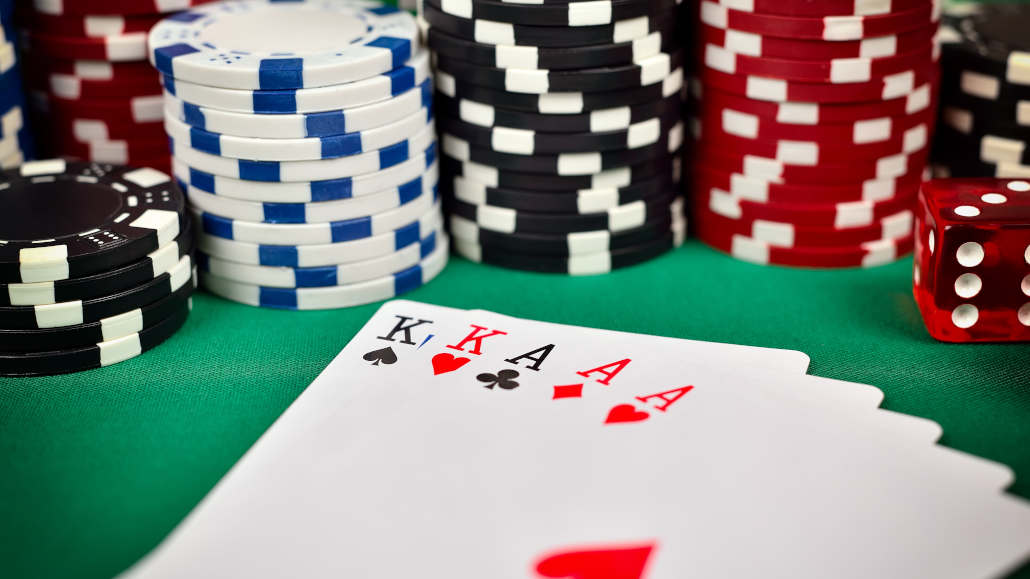
Based on the first rule from above, we can see that the jacks full of tens combination outranks the tens full of jack combinations because a jack outranks a ten in Texas Hold’em.
Since the rank of the cards that make the trips in both combinations is different, the second rule that takes into consideration the rank of the pair does not apply in this situation.
Now let’s look at an example in which the second rule is used.
The second rule will be used only in situations in which multiple combinations have the same rank in their trips combinations. This can happen in situations where both players use the same community cards for their full house hand.
For example,
- Player A holds A♠J♦ as his hole cards.
- Player B holds A♦10♠ as his hole cards.
- The board runs out: A♥A♣J♠10♦5♠
- The best 5-card combination that Player A can make is A♠A♥A♣J♦J♠ – aces full of jacks
- And the best 5-card combination that Player B can make is A♦A♥A♣10♠10♦ – aces full of tens
Because both players in this scenario have the trips of the same ranks (three aces), to determine whose full house is stronger, we need to look into the rank of the second part of the full house (the pair).
In this case, Player A holds two jacks while Player B holds two tens. Since a jack outranks a ten in Hold’em, Player A’s aces full of jacks full house combination outranks Player B’s aces full of tens poker hand.
The Total Number of Full House Combinations In Poker
Based on the 52-card deck that is used for poker we can calculate that there are:
- 156 different ranks of full house combinations in poker
- 24 different combinations of each individual full house
- 3,744 possible full house combinations
If we use one of the full house combinations from before, i.e., A♠A♥A♣J♦J♠, the rank of this full house is A A A J J, while the individual combination of the full house is [invalid notations].
To get the total number of possible full house combinations, we multiplied the total number of different full house ranks by the total number of individual full house combinations.
156 (number of different full house ranks) x 24 (number of individual full house combinations) = 3744 (number of possible full house combinations)
The Straight in Poker
In poker, a hand combination that consists of 5 cards in sequential order, of which at least one card is of a different suit than the others, is called a straight.
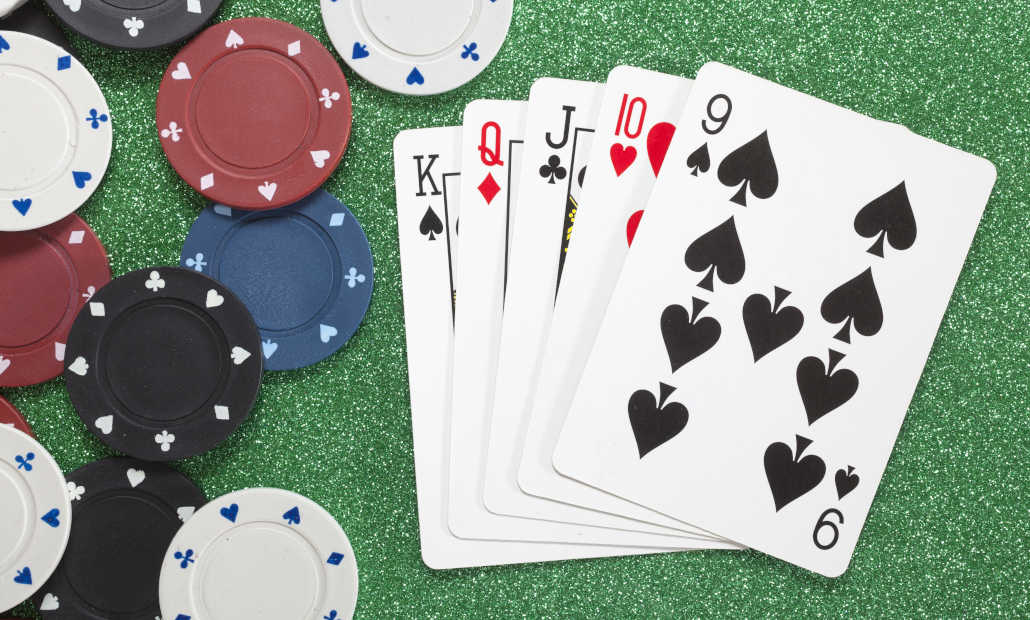
Here are two examples of a straight in poker:
- 10♠9♠8♣7♦6♦ – a ten-high straight
- 5♦4♦3♣2♣A♥ – a five-high straight (also known as the Wheel)
If all 5 cards in the straight combinations have the same suit, then this straight combination is called a straight flush.
Lastly, in situations where the lowest ranked card in the straight is a ten, the highest ranked card is an ace, and all cards are of the same suit, this hand combination is called the royal flush.
The are only four possible royal flush combinations in poker:
- A♣K♣Q♣J♣10♣ – royal flush in clubs
- A♦K♦Q♦J♦10♦ – royal flush in diamonds
- [invalid notations] – royal flush in hears
- A♠K♠Q♠J♠10♠ – royal flush in spades
Rules for Ranking Straight Combinations in Poker
The rule for ranking straight combinations in poker is pretty simple. The strength of each straight is determined based on the rank of the highest card in the combination.
For example:
- 10♠9♠8♦7♦6♦ (a ten-high straight) outranks 9♠8♠7♦6♦5♦ (a nine-high straight)
- K♠Q♦J♥10♣9♣ (a king-high straight) outranks a J♣10♥9♥8♠7♣ (a jack-high straight)
When it comes to the straight vs. straight flush combinations, a straight flush always outranks a straight in poker, no matter what the highest ranking cards are in both combinations.
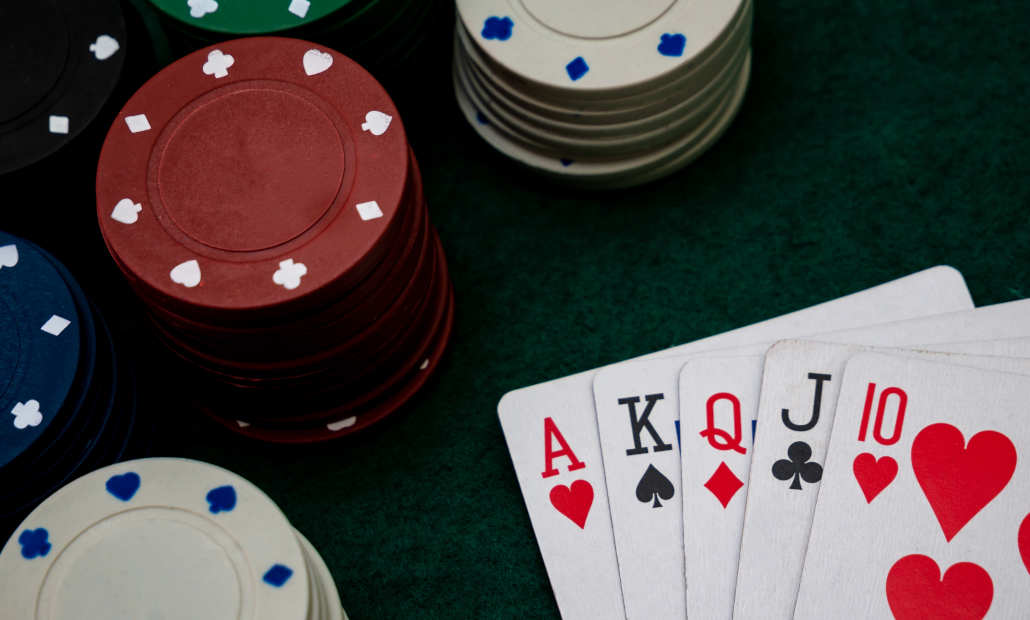
In addition to this, the royal flush is the strongest hand combination in poker and this combination outranks not only all other straights, but also all other possible hand combinations
The Total Number of Straight Combinations in Poker
The 52-card deck used for poker has 13 different card ranks (A, K, Q, J, T, 9, 8, 7, 6, 5, 4, 3, 2) and four different suits (hearts, diamonds, spades, and clubs).
Based on this information we can calculate that there are:
- 4 possible royal flush combinations (one for each suit)
- 36 possible five-card straight flush combinations (nine for each suit)
- 10,200 possible five-card straight combinations
As for all combinations in poker, the main rule used to rank straights hands in poker is: the lower the chance of getting a hand, the stronger it is.
This is why the royal flush is the strongest straight combination followed by the straight flush, and the lowest-ranking straight combination is the ordinary straight. (a combination that has five sequential cards of which at least one is not of the same suit as the others).
Does a Full House Beat a Straight In Poker?
To give a detailed answer that will help you get a better understanding of the full house vs. straight comparison, let us look at these two combinations from a mathematical and statistical standpoint.
| Hand | Combinations | Probability | Odds |
| Royal Flush | 4 | 0.000154% | 649,739-to-1 |
| Straight Flush | 36 | 0.00139% | 72,192-to-1 |
| Four of a Kind | 624 | 0.02401% | 4,164-to-1 |
| Full House | 3,744 | 0.1441% | 693-to-1 |
| Flush | 5,108 | 0.1965% | 509-to-1 |
| Straight | 10,200 | 0.3925% | 254-to-1 |
| Three of a Kind | 54,912 | 2.1128% | 46-to-1 |
| Two Pair | 123,552 | 4.7539% | 20-to-1 |
| One Pair | 1,098,240 | 42.2569% | 1.37-to-1 |
If you take a look at this table, you can see that a full house outranks an “ordinary straight,” but why is that.
Well, the numbers in the columns can help us give you an answer to that question.
As we mentioned earlier in the text there are 3,744 possible full house combinations in poker, which means that the poker odds of getting a full house on any given hand are 693-to-1 or 0.1441%.
On the other hand, there are 10,200 possible straight combinations, and the odds of getting a straight in poker are 254-to-1 or 0.3925%.
From the above, we can see that you are more likely to get a straight than a full house on any given hand. And based on the primary rule for rankings in poker, which is the lower chance of getting a hand, the stronger the hand, a full house beats a straight.
Now, based on the same rule, we can see that a full house does not beat a straight flush in poker.
This is because there are only 36 possible straight flush combinations in poker and the chance of getting one on any given hand is 72,192-to-1 or 0.02401% compared to 693-to-1 or 0.1441% for the full house.
Finally, with only four possible combinations, the odds of getting a royal flush on any given hand in poker are 649,739-to-1 or 0.000154%, which means that the royal flush easily outranks a full house and all other hand combinations.












